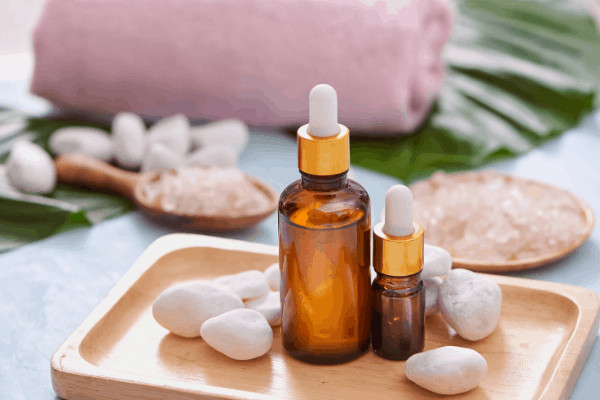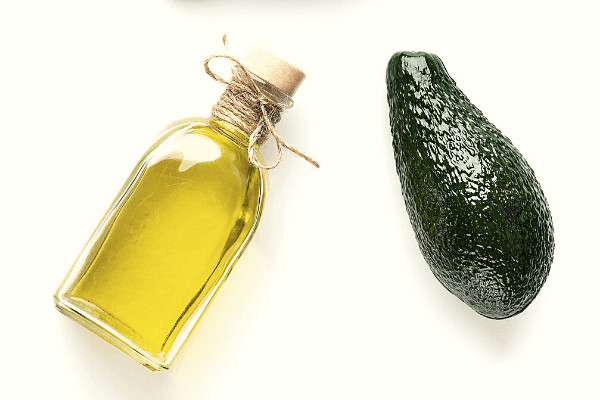Before getting eyelash extensions, it’s essential to understand the various types available and their effects. From classic extensions to volume lashes, each option offers a unique aesthetic and maintenance routine. Moreover, consulting with a professional technician can provide valuable insights into the best style and length for your desired look. When it comes to improving your eyes, natural looking eyelash extensions can be a transformative beauty step. By choosing extensions that blend seamlessly with your real lashes, you achieve a subtle yet striking effect that can fool anyone into thinking they’re your own. It’s important, however, to stay informed about the ingredients and materials used in these products, as what goes near your eyes can impact your overall eye health.
While there’s a wide range of fake eyelashes available in the market, not all are created equal. Some lash extensions are made with synthetic materials that can irritate sensitive eyes, while others boast natural fibers that are gentler on the skin. It’s important to scrutinize the ingredients and quality of the lash extensions you select. This scrutiny ensures that you not only avoid adverse reactions but also invest in a product that offers comfort and durability.
Key Takeaways
- Extensions can enhance your look with a natural finish.
- Investigate lash ingredients for safety.
- Choose quality for comfort and longevity.
Analyzing the Components of Natural Fake Eyelashes
When selecting natural fake eyelashes, understanding the materials used and the application process is vital. These factors directly influence comfort, wearability, and the overall look.
Understanding Lash Adhesives and Ingredients
Lash adhesives are crucial for ensuring your falsies stay in place. Always check for ingredients that may cause allergic reactions or irritation. Common adhesive components include latex and cyanoacrylate. However, if you have sensitive eyelids, look for hypoallergenic options that are gentle on the skin. The weight of the glue should be light to prevent stress on your natural lashes.
Different Types and Styles of Falsies
There’s a vast market of falsies tailored to various eye shapes, from hooded eyes to monolid or almond-shaped eyes. Strip lashes provide a full lash line for a dramatic effect, while individual lashes or clusters offer a more customized and seamless fit. Styles range from fluttery lengths to improved round eyes to half lashes, which can accentuate the outer corners of downturned or upturned eyes.
Application and Removal Best Practices
For application, align the falsies with your natural lash line; trim if necessary to blend with your eye shape. Use tweezers or a lash applicator to position the lashes and a cotton swab to secure the adhesive. When wearing lash extensions, avoid oil-based eye makeup. To remove, gently apply makeup remover and use a cotton swab to ease the lashes off, avoiding pulling to reduce the risk of damage to your natural eyelashes.
Potential Risks and Considerations
When considering natural fake eyelashes, it’s essential to understand the potential risks and considerations that can affect your overall experience. From ensuring compatibility with your skin type to choosing the right style that complements your eye shape, careful–consideration can prevent unwanted complications.
Addressing Allergies and Skin Sensitivities
Your comfort and safety come first when using fake eyelashes. Allergic reactions or skin irritation can result from the ingredients in the lash adhesive, such as formaldehyde or latex. It’s important to check the adhesive for hypoallergenic labels or to patch-test the product before full application. Remember, reactions can range from mild irritation to more severe, like swelling or redness.
Choosing the Right Lashes for Your Eye Shape
The market offers a variety of fake lashes tailored to different eye shapes, such as round, almond, downturned, or hooded eyes. For example:
- Round eyes: Improve with faux lashes that have a winged-out effect.
- Almond eyes: Opt for lashes that maintain uniform length and weight for natural enhancement.
- Hooded eyes: Choose lashes that are longer in the middle to open up the eye area.
- Downturned eyes: Lashes that are longer at the outer edges give a lifting effect.
Maintaining Natural Lash Health
To maintain the health of your natural lashes, treat them gently when you wear them and remove fake eyelashes. Harsh removal can cause stress on the lash hairs, leading to damage over time. Consider using a nourishing lash serum or natural oils like coconut oil as part of your routine to keep your eyelashes strong and healthy. Avoid heavy lashes as they can weigh down on the natural lashes, potentially causing premature shedding.
Conclusion
It’s important to stay informed about the ingredients in your natural fake eyelashes. Understanding their composition can help you make more informed choices for your eye health and beauty routine. It is crucial to select products from reputable brands that prioritize safety and transparency. Remember, the health of your natural lashes should always be a priority when choosing any eyelash product.





